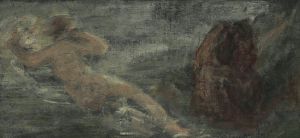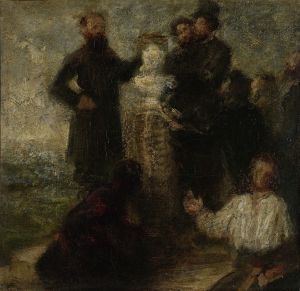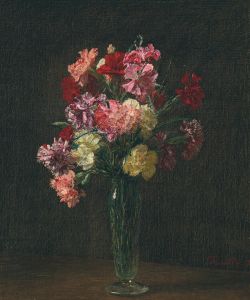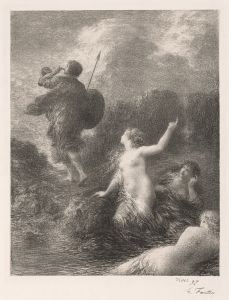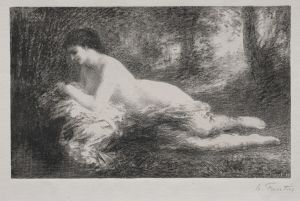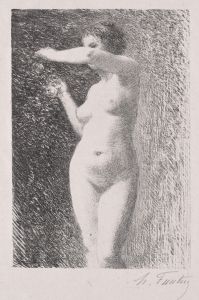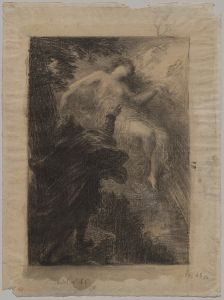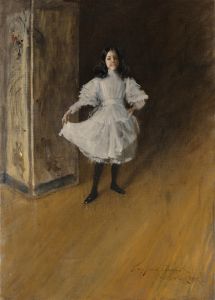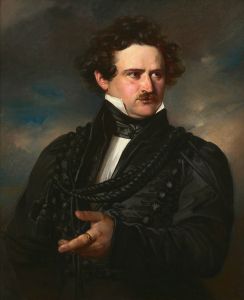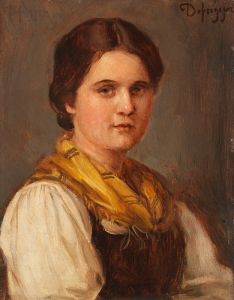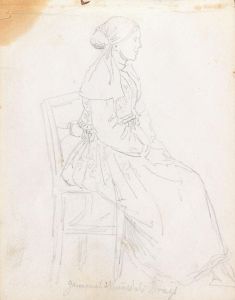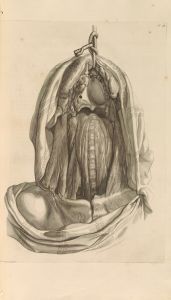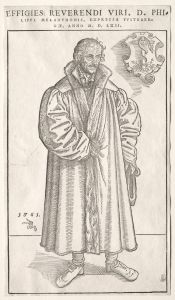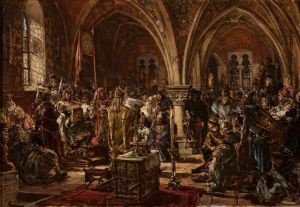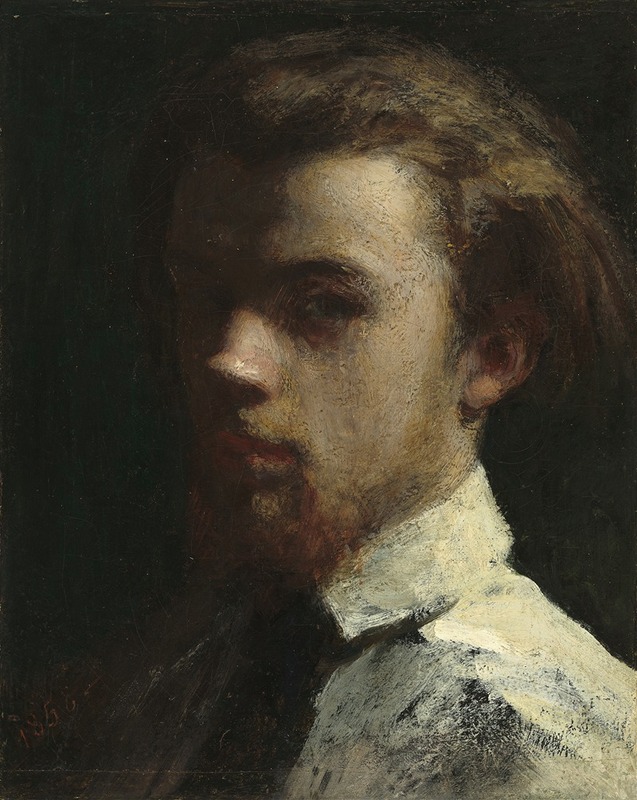
Self-Portrait
A hand-painted replica of Henri Fantin-Latour’s masterpiece Self-Portrait, meticulously crafted by professional artists to capture the true essence of the original. Each piece is created with museum-quality canvas and rare mineral pigments, carefully painted by experienced artists with delicate brushstrokes and rich, layered colors to perfectly recreate the texture of the original artwork. Unlike machine-printed reproductions, this hand-painted version brings the painting to life, infused with the artist’s emotions and skill in every stroke. Whether for personal collection or home decoration, it instantly elevates the artistic atmosphere of any space.
Henri Fantin-Latour's "Self-Portrait" is a notable work by the French painter, who is renowned for his exquisite still lifes and portraits. Born in 1836 in Grenoble, France, Fantin-Latour developed a keen interest in art from a young age, influenced by his father, who was also an artist. He moved to Paris to study at the École des Beaux-Arts and honed his skills by copying works at the Louvre, which was a common practice for artists of his time.
Fantin-Latour is best known for his floral paintings and group portraits of Parisian artists and writers. However, his self-portraits offer a more intimate glimpse into his personal life and artistic journey. The "Self-Portrait" by Fantin-Latour, created in 1861, is a compelling example of his ability to capture the essence of his subjects with subtlety and precision.
In this self-portrait, Fantin-Latour presents himself with a contemplative expression, reflecting his introspective nature. The painting is characterized by its subdued palette and meticulous attention to detail, hallmarks of Fantin-Latour's style. He employs a realistic approach, focusing on the play of light and shadow to give depth to his features. The background is kept simple, ensuring that the viewer's attention remains on the artist's face.
Fantin-Latour's self-portraits are significant not only for their artistic merit but also for the insight they provide into the artist's self-perception and his place within the art world of his time. Unlike many of his contemporaries who were associated with the Impressionist movement, Fantin-Latour maintained a more traditional approach to painting. He was, however, friends with several Impressionist artists, including Édouard Manet and Edgar Degas, and exhibited with them in the Salon des Refusés in 1863.
The "Self-Portrait" reflects Fantin-Latour's dedication to realism and his interest in capturing the human psyche. His work is often compared to that of the Old Masters, whom he admired greatly. This influence is evident in his careful composition and the serene yet penetrating gaze that characterizes his self-portraits.
Throughout his career, Fantin-Latour remained somewhat aloof from the avant-garde movements that were emerging in Paris. He preferred to focus on his own artistic vision, which was deeply rooted in the traditions of the past. His self-portraits, including this one, are a testament to his commitment to his craft and his ability to convey emotion and character through paint.
Fantin-Latour's "Self-Portrait" is housed in various collections, and his works continue to be celebrated for their technical skill and emotional depth. His legacy is that of an artist who, while perhaps not as revolutionary as some of his peers, contributed significantly to the art of portraiture and still life in the 19th century. His self-portraits remain a valuable part of his oeuvre, offering viewers a window into the soul of a dedicated and introspective artist.





